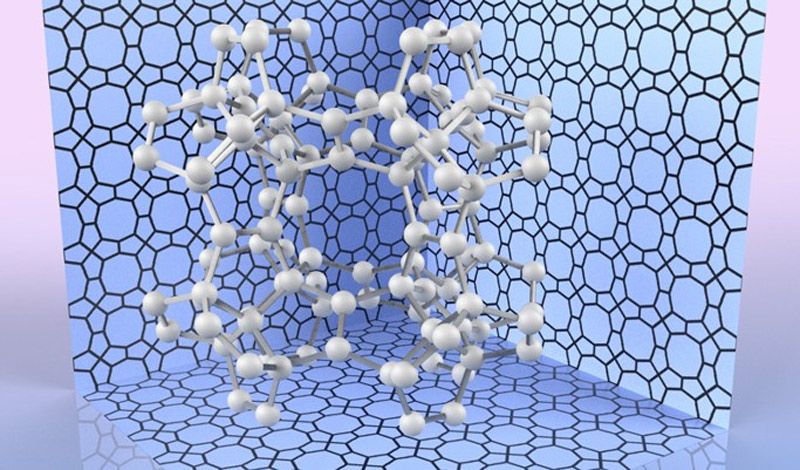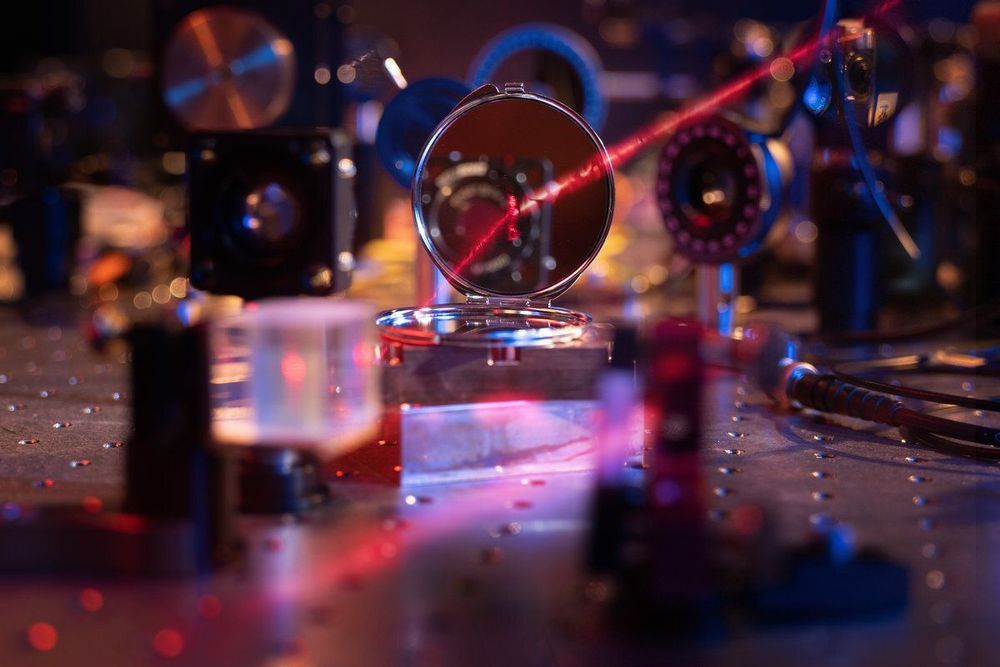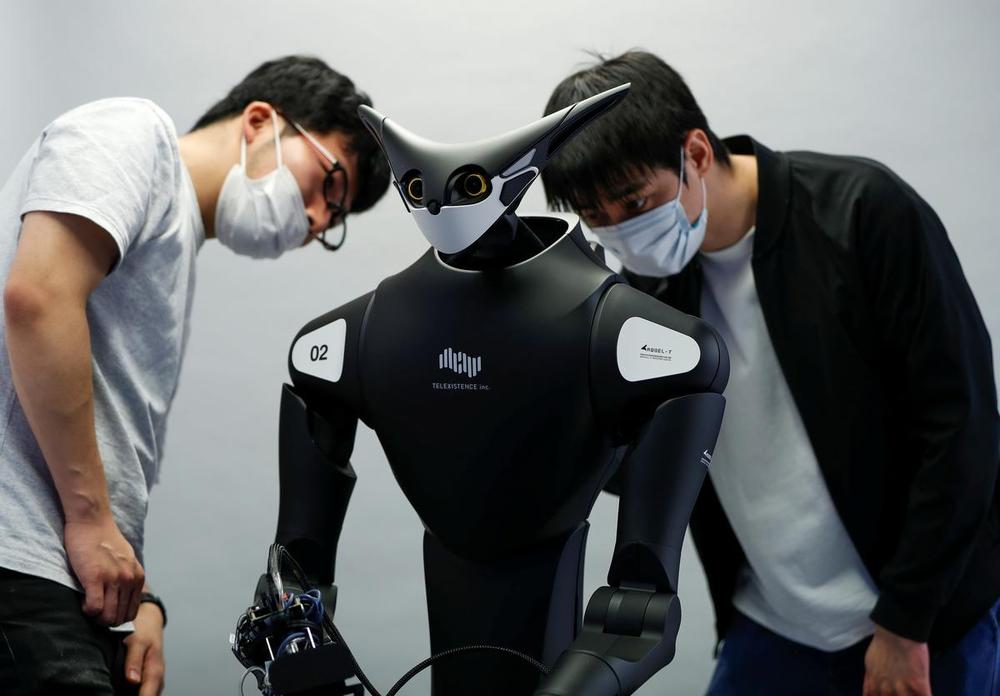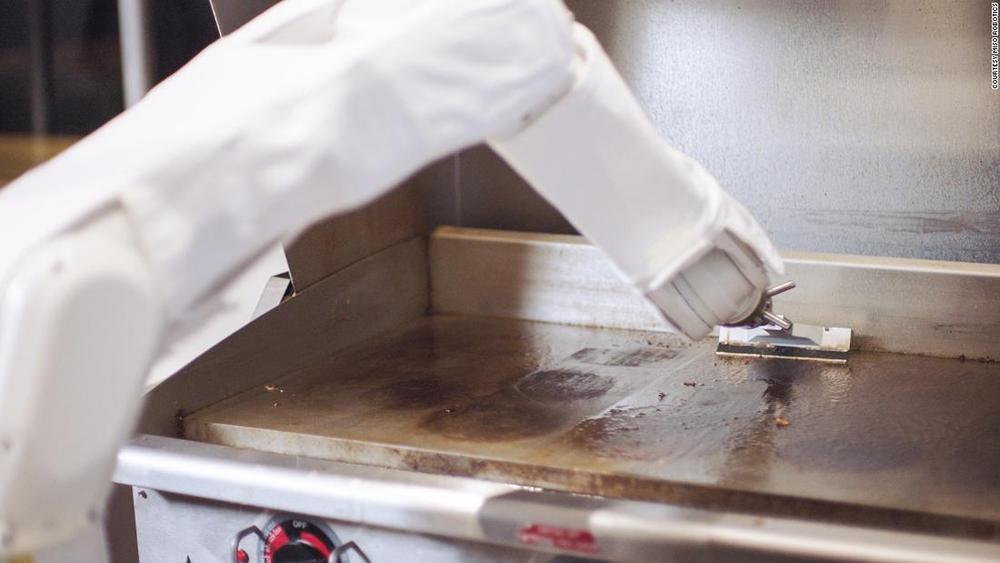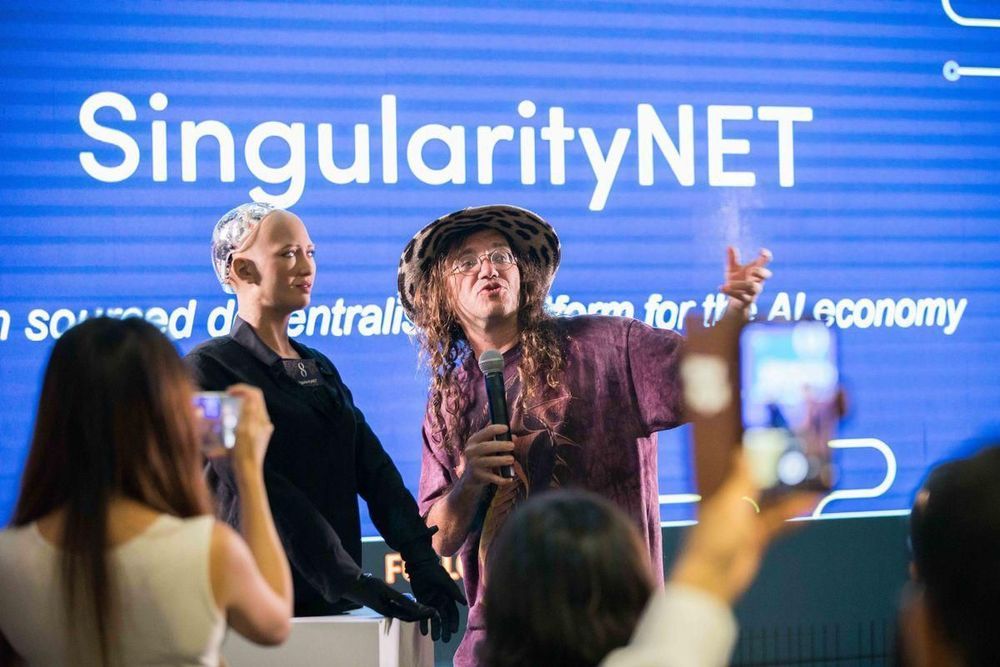Page 7243
Jul 17, 2020
Pentadiamond, a new addition to the carbon family
Posted by Future Timeline in categories: chemistry, computing, particle physics, quantum physics, space
To calculate the most stable atomic configuration, as well as estimate its hardness, the team relied on a computational method called density functional theory (DFT). DFT has been successfully used throughout chemistry and solid-state physics to predict the structure and properties of materials. Keeping track of the quantum states of all the electrons in a sample, and their interactions, is usually an intractable task. Instead, DFT uses an approximation that focuses on the final density of electrons in space orbiting the atoms. This simplifies the calculation to make it suitable for computers, while still providing very precise results.
Based on these calculations, the scientists found that the Young’s modulus, a measure of hardness, for pentadiamond is predicted to be almost 1700 GPa – compared with about 1200 GPa for conventional diamond.
“Not only is pentadiamond harder than conventional diamond, its density is much lower, equal to that of graphite,” explains co-author Professor Mina Maruyama.
Jul 17, 2020
Neuroscientists at Vanderbilt identify the brain cells that help humans adapt to change
Posted by Nicholi Avery in categories: engineering, neuroscience
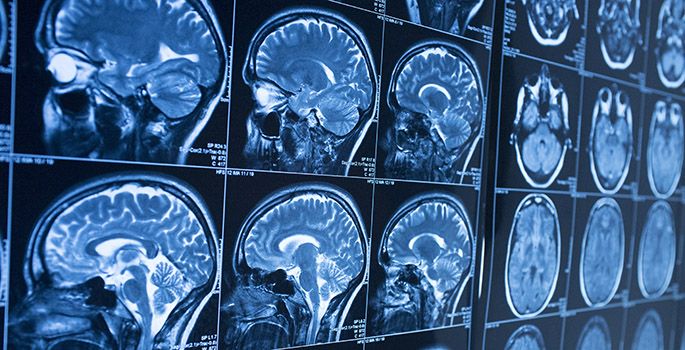
A team of researchers with interdisciplinary expertise in psychology, informatics (the application of information science to solve problems with data) and engineering along with the Vanderbilt Brain Institute (VBI) gained critical insights into one of the biggest mysteries in neuroscience, identifying the location and critical nature of these neurons.”
New research on cognitive flexibility points to a small class of brain cells that support switching attention strategies when old strategies fail.
Jul 17, 2020
Physicists engineer an optical mirror made of only a few hundred atoms
Posted by Genevieve Klien in categories: particle physics, quantum physics
Physicists at the Max Planck Institute of Quantum Optics (MPQ) have engineered the lightest optical mirror imaginable. The novel metamaterial is made of a single structured layer that consists only of a few hundred identical atoms. The atoms are arranged in the two dimensional array of an optical lattice formed by interfering laser beams. The research results are the first experimental observations of their kind in an only recently emerging new field of subwavelength quantum optics with ordered atoms. So far, the mirror is the only one of its kind. The results are today published in Nature.
Usually, mirrors utilize highly polished metal surfaces or specially coated optical glasses to improve performance in smaller weights. But physicists at MPQ now demonstrated for the very first time that even a single structured layer of a few hundred atoms could already form an optical mirror, making it the lightest one imaginable. The new mirror is only several tens of nanometers thin, which is a thousand times thinner than the width of a human hair. The reflection, however, is so strong it could even be perceived with the pure human eye.
Jul 17, 2020
Japanese robot to clock in at a convenience store in test of retail automation
Posted by Brent Ellman in category: robotics/AI
TOKYO (Reuters) — In August, a robot vaguely resembling a kangaroo will begin stacking sandwiches, drinks and ready meals on shelves at a Japanese convenience store in a test its maker, Telexistence, hopes will help trigger a wave of retail automation.
Following that trial, store operator FamilyMart says it plans to use robot workers at 20 stores around Tokyo by 2022. At first, people will operate them remotely — until the machines’ artificial intelligence (AI) can learn to mimic human movements. Rival convenience store chain Lawson is deploying its first robot in September, according to Telexistence.
“It advances the scope and scale of human existence,” the robot maker’s chief executive, Jin Tomioka, said as he explained how its technology lets people sense and experience places other than where they are.
Jul 17, 2020
Gene Therapy Today with Dr. Jason Williams and Liz Parrish
Posted by John Davies in category: biotech/medical
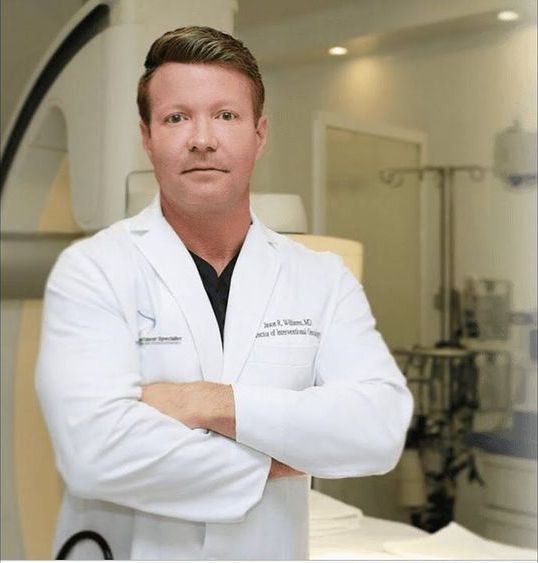
https://www.youtube.com/watch?v=bXhCysAEa4k
This discussion includes Dr. Williams’ work with gene therapy, cancer research, and follistatin — a myostatin inhibitor. he administered to himself years ago.
Dr. Williams, CMO of BioViva Science, is a radiologist with a passion for gene and cellular therapies that can be administered under image guidance. He also has an interest in image guided cancer therapies. He did research for several years with adenoviral vector technology for the treatment of cancer. He has spent the last five years involved in research using AAV technology. Dr. Williams obtained his medical degree from Louisiana State University and completed an internship in Internal Medicine followed by a residency in Radiology at The University Of South Alabama. In residency, he was selected for the RSNA Research Fellow award.
Continue reading “Gene Therapy Today with Dr. Jason Williams and Liz Parrish” »
Jul 17, 2020
White Castle is testing a burger-grilling robot named Flippy
Posted by Omuterema Akhahenda in categories: food, robotics/AI
White Castle is introducing a burger-grilling robot — and it might flip the entire restaurant industry.
Jul 17, 2020
Linux founder tells Intel to stop inventing ‘magic instructions’ and ’start fixing real problems‘
Posted by Omuterema Akhahenda in categories: biotech/medical, computing
Linus Torvalds, the creator of Linux, offered up some interesting thoughts on Intel’s Advanced Vector Extensions 512 (AVX-512) instruction set, calling it a “power virus” that was only created to make the company’s CPU hardware perform well in benchmarks. He also admitted to being “biased” and “grumpy” in his assessment.
His comments came in a mailing list (via Phoronix) discussing an article suggesting AVX-512 might not be part of Intel’s upcoming Alder Lake architecture. If that comes to pass, it will be just fine by Torvalds.
Jul 16, 2020
Is Artificial General Intelligence (AGI) On The Horizon? Interview With Dr. Ben Goertzel, CEO & Founder, SingularityNET Foundation
Posted by Derick Lee in categories: robotics/AI, security, singularity
Dr. Ben Goertzel CEO & Founder of the SingularityNET Foundation is particularly visible and vocal on his thoughts on Artificial Intelligence, AGI, and where research and industry are in regards to AGI. Speaking at the (Virtual) OpenCogCon event this week, Dr. Goertzel is one of the world’s foremost experts in Artificial General Intelligence. He has decades of expertise applying AI to practical problems in areas ranging from natural language processing and data mining to robotics, video gaming, national security, and bioinformatics.
Are we at a turning point in AGI?
Dr. Goertzel believes that we are now at a turning point in the history of AI. Over the next few years he believes the balance of activity in the AI research area is about to shift from highly specialized narrow AIs toward AGIs. Deep neural nets have achieved amazing things but that paradigm is going to run out of steam fairly soon, and rather than this causing another “AI winter” or a shift in focus to some other kind of narrow AI, he thinks it’s going to trigger the AGI revolution.
Jul 16, 2020
Cells die in 2 ways — scientists may have found a life-extending workaround
Posted by Kelvin Dafiaghor in category: life extension
Interesting.
Cells naturally follow two highways to the grave, but scientists may have found a scenic route that extends the cell cycle. This may help extend human longevity.

